Assembling process
Schematics
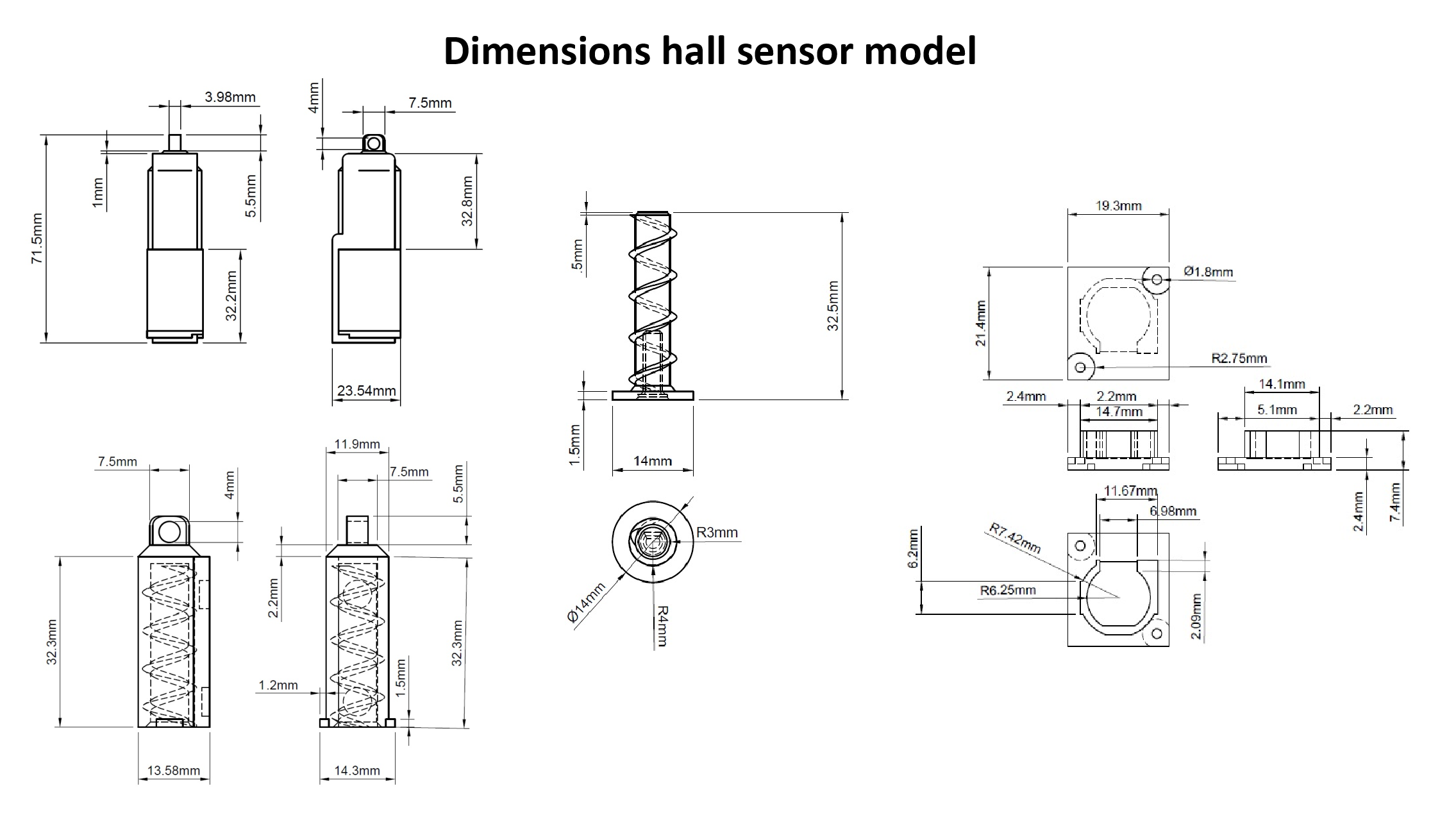


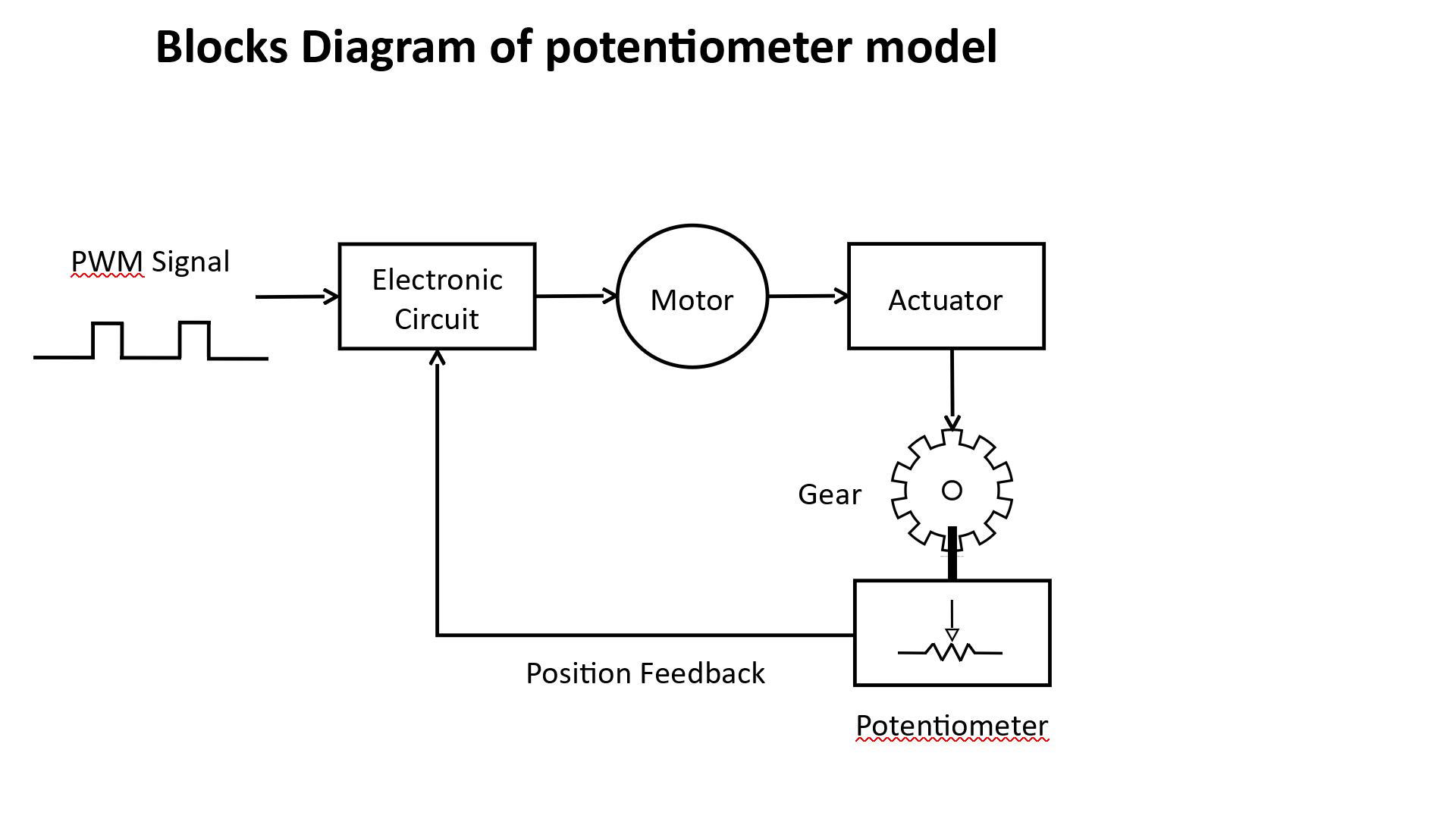
Licensing
As everything on Hackaday, all that is published here is for grabs and to make your own. If you plan to sell it, please make it really different or had functionality to it. We know all of that its obvious and already written but we wanted to say it explicitly.
 Giovanni Leal
Giovanni Leal


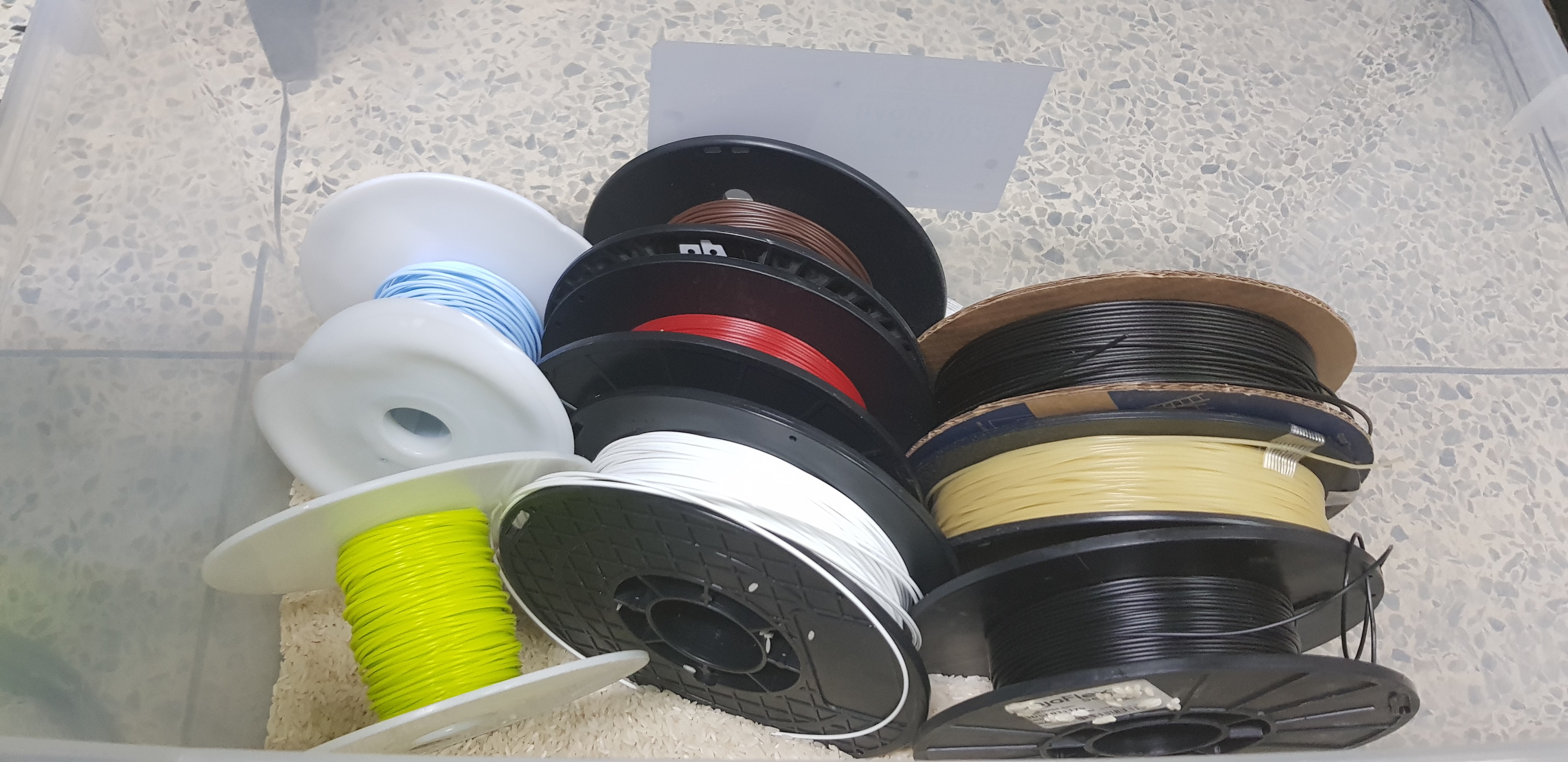

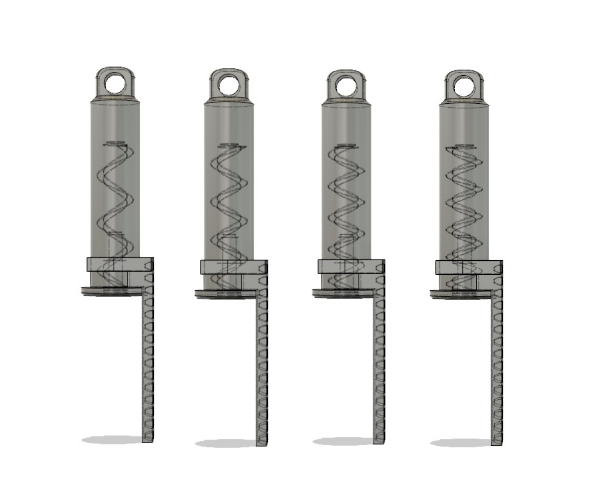

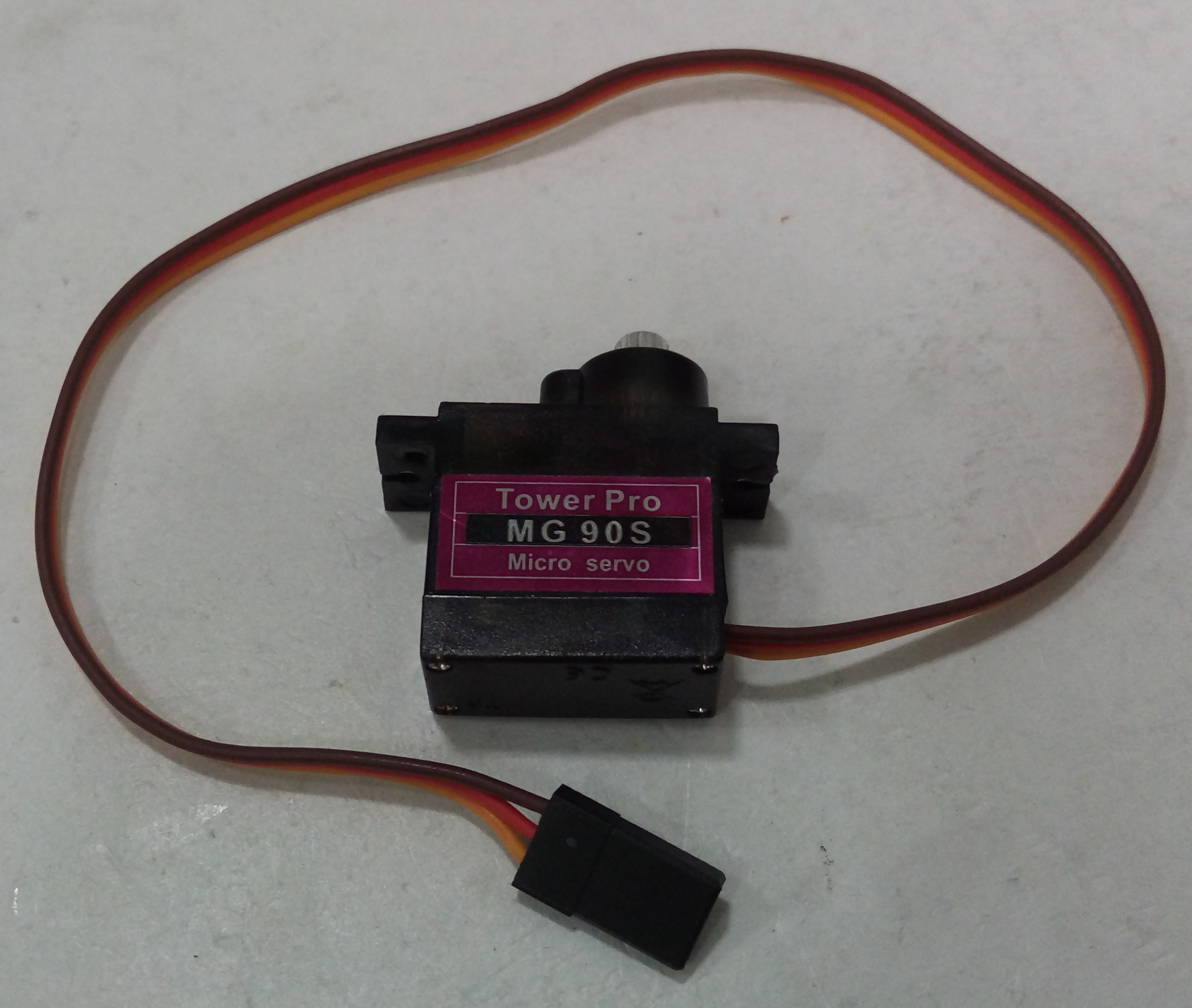

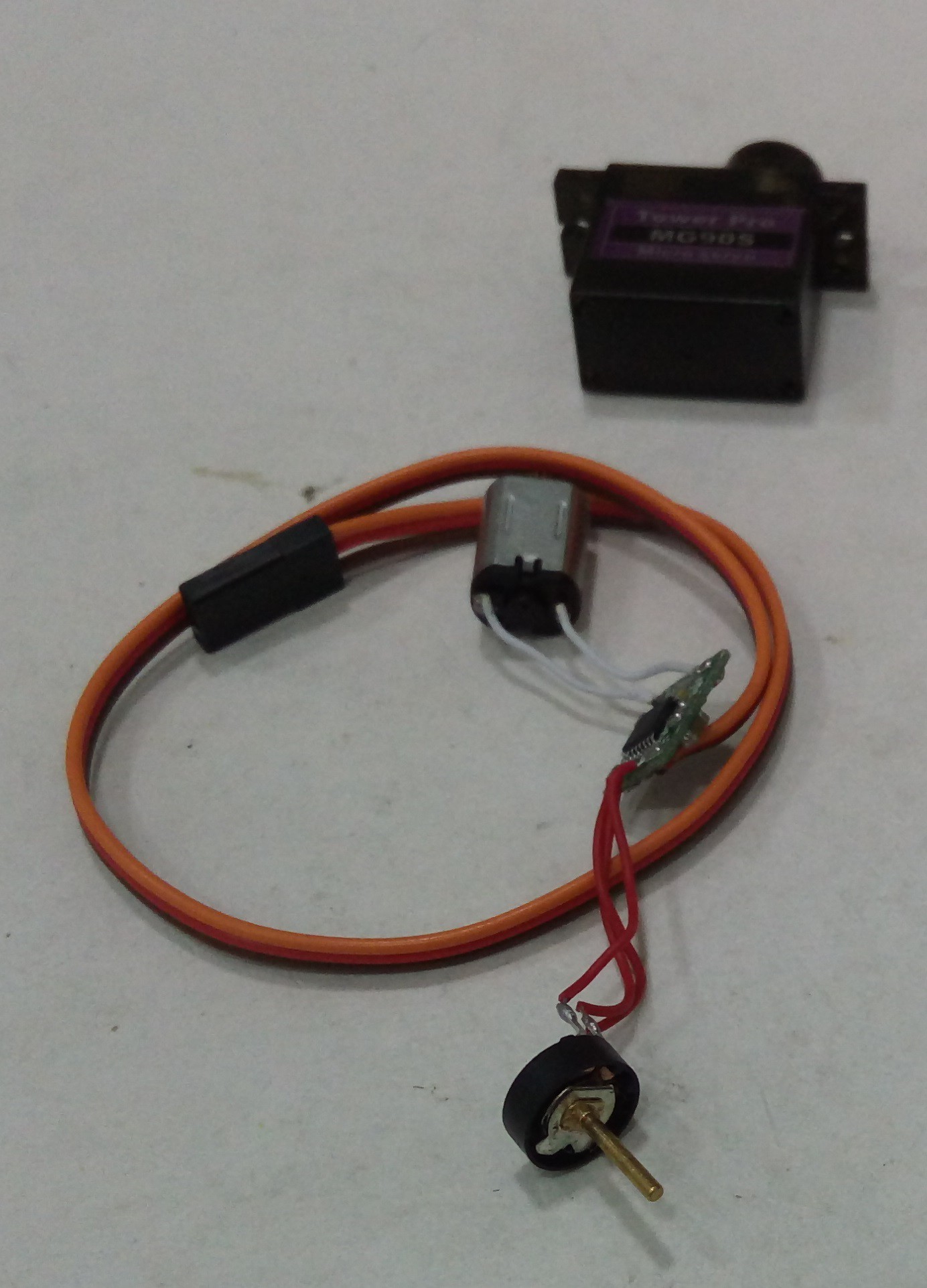

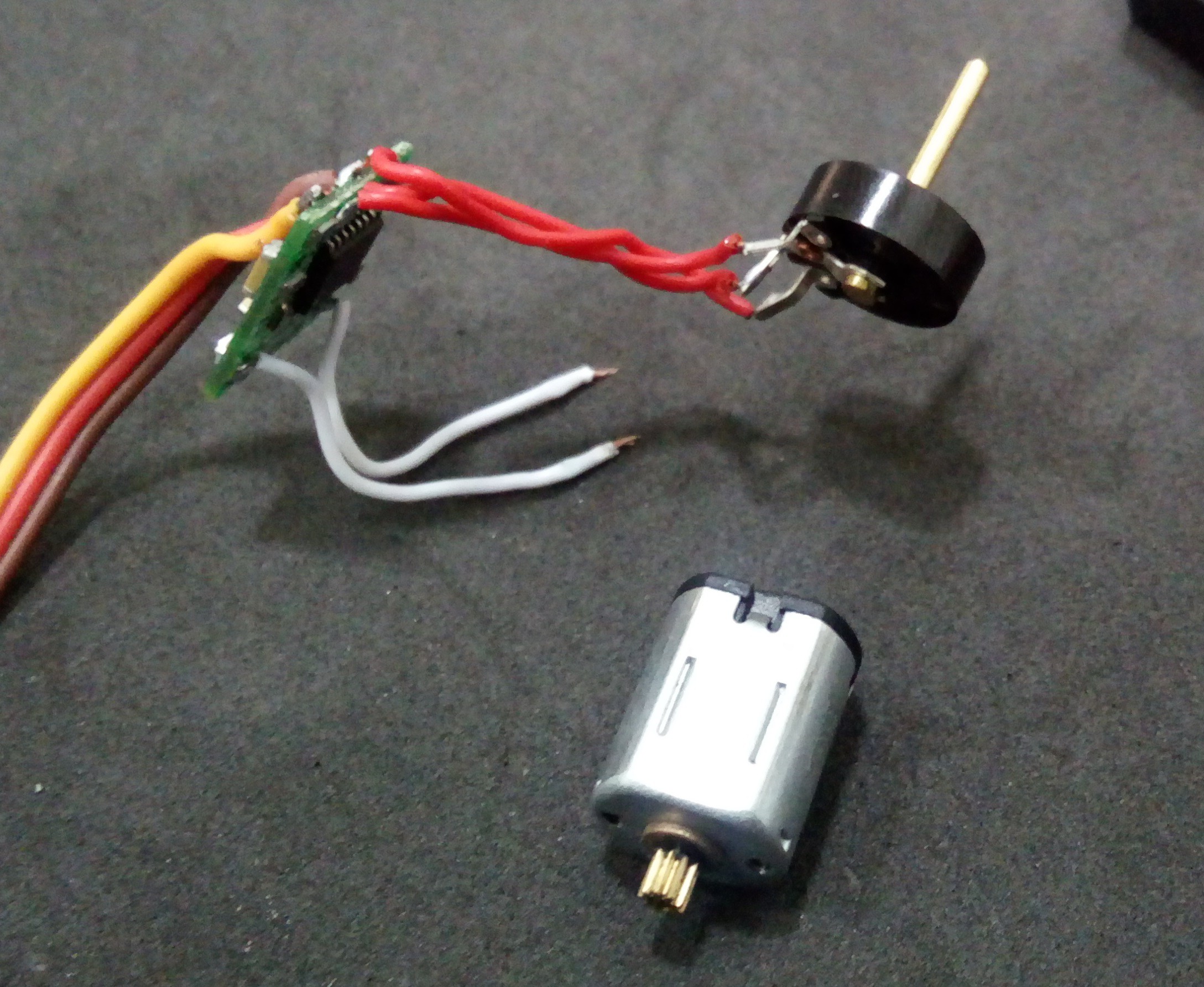


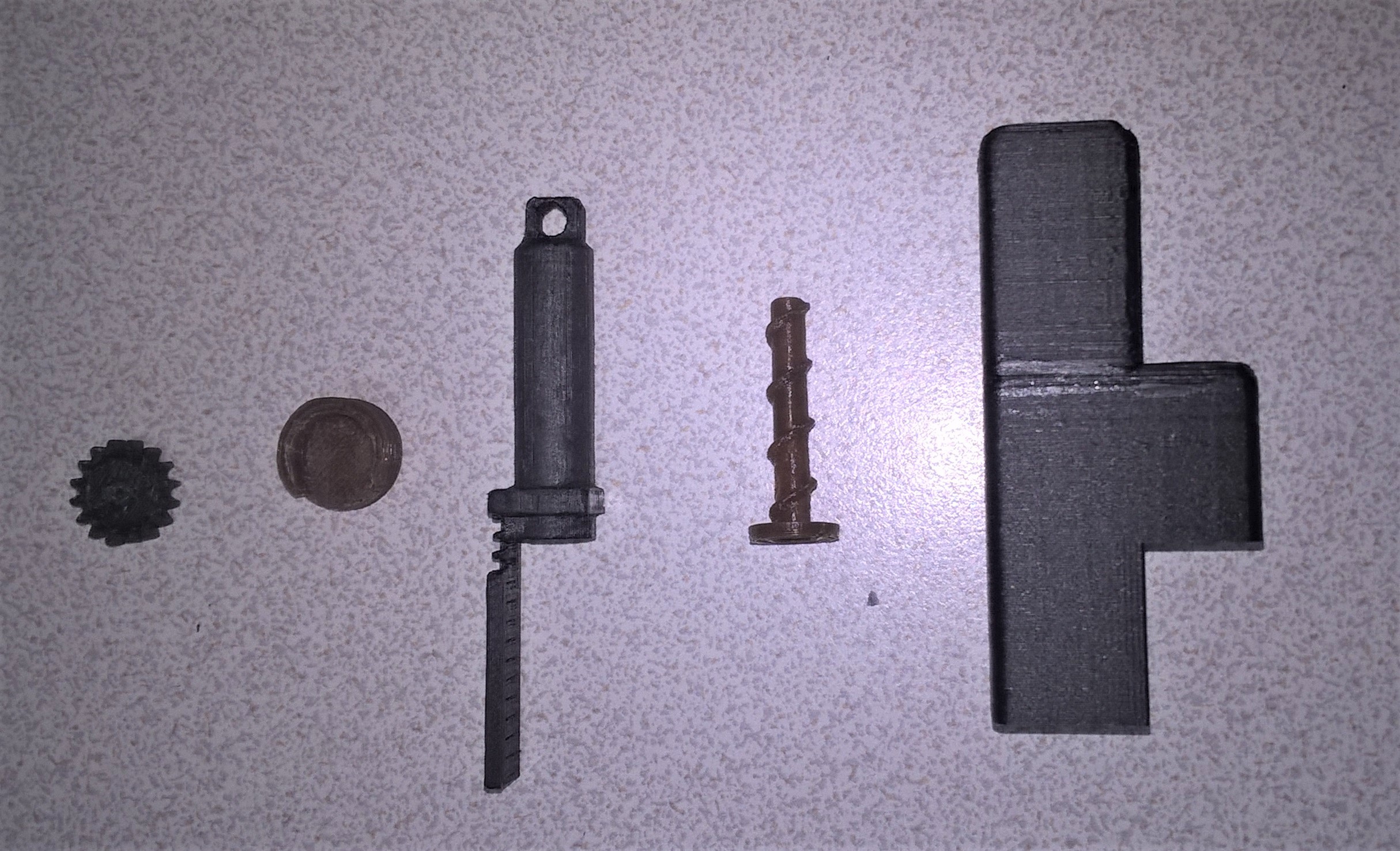







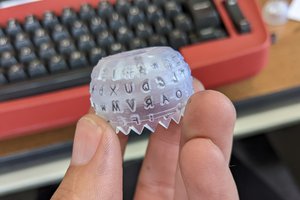
 Sam Ettinger
Sam Ettinger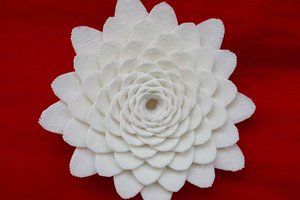
 Joan Horvath
Joan Horvath

Hi, do you have files for the hall sensor model ?